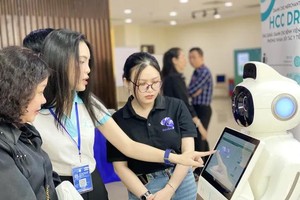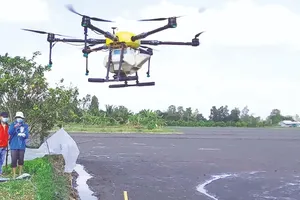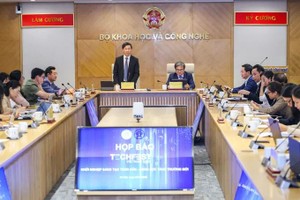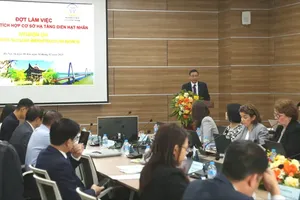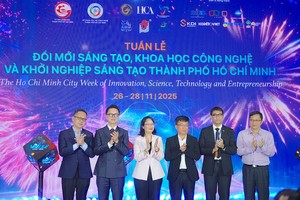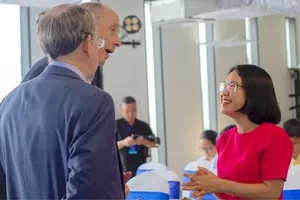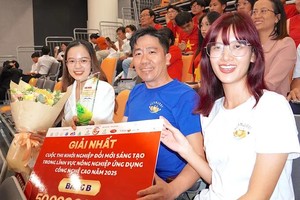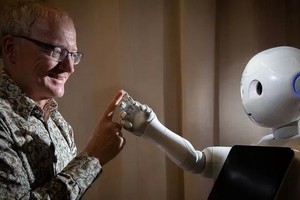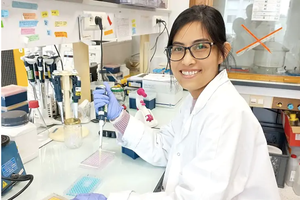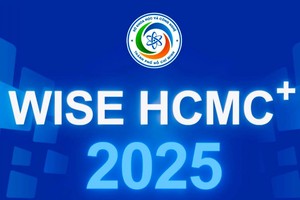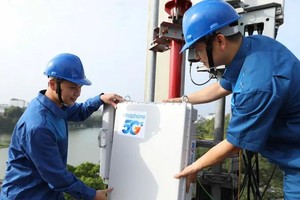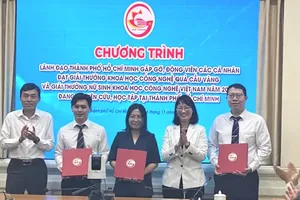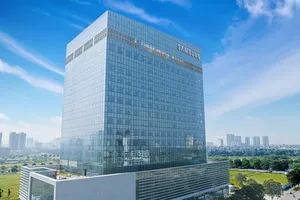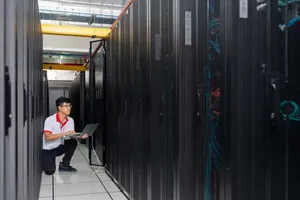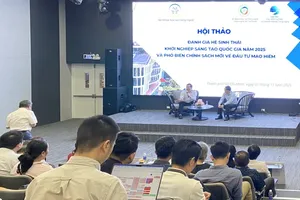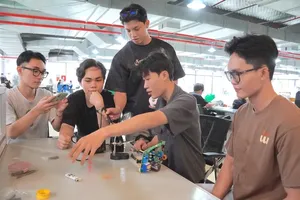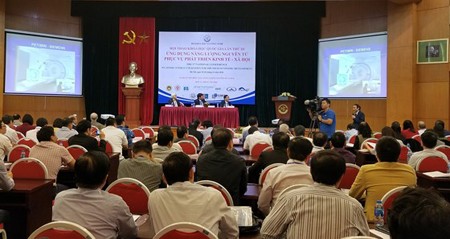
In the two years from 2016, the implementation of radiation and radio-active isotopes has gained several impressive results in the fields of health, agriculture, natural resources and environment.
The conference aims at evaluating the status and results of policy application and research activities regarding atomic energy in the period from 2016 – 2018.
It also focuses on discussions about development directions and potentials of atomic energy in the near future, along with the fostering of cooperation in such activities like state management, research and implementation, training and technology transfer, production and services in the field for the national economic and social growth.
In the event, many prominent achievements on utilizing atomic energy in life were presented, such as the creation of highly efficient rice species and made-in-Vietnam irradiation equipment.
Regarding healthcare, there are 35 institutes of nuclear medicine with more than 45 pieces of radiation equipment, some of which are as modern as those in neighboring countries to help the diagnosis and treatment of cancer, heart, and nerve diseases become more effective.
There are nearly 40 units of radiotherapy nationwide, mostly in major cities.
As to health imaging, in Vietnam, there are 174 computed tomography (CT) scanners, 51 magnetic resonance imaging (MRI) scanners, 21 digital subtraction angiography scanners, and over 500 high frequency X-ray generators.
The production and use of radio-active isotopes are considerably boosted in major hospitals in Hanoi and Ho Chi Minh City like Cho Ray Hospital, Bach Mai Hospital, 108 Military Central Hospital.
Concerning agriculture, according to the evaluation of the International Atomic Energy Agency (IAEA), Vietnam is ranked the 8th position in researching on cross-breading plant species. Until 2017, it has been able to develop more than 68 new plant types, 48 of which are rice types, thanks to applying the irradiation technology.
Some typical examples are the rice type Khang Dan grown in the northern regions with a cultivation area of over 1.5 million ha, and the rice type DT10 also in the northern part with an average yield of 5.5 to 6 tons per ha.
Vietnam has also registered copyright of two temperature-sensitive rice genes of TGMS-VN1 and TGM-VN6 while adding hundreds of mutated genes to the international rice gene bank.
Besides, the technology of radio-active isotope Cesium-137 and Beryllium-7 has been used to evaluate the soil erosion status in the Central Highlands and North West, and the potential to further apply into an area of 13 million ha of sloping soil, accounting for 40 percent of the total amount of national land. This is expected to save hundreds of tons of nitrogen and phosphorus fertilizer with a value of hundreds of millions of US dollars per year.
Taking part in the conference were more than 170 delegates who are members of the National Atomic Energy Council as well as scientists, leaders, and experts from different related ministries and regions, along with representatives of businesses in the field. The conference had the honor to welcome representatives of IAEA, Head of the Korean Advanced Radiation Technology Institute, and international professionals.
